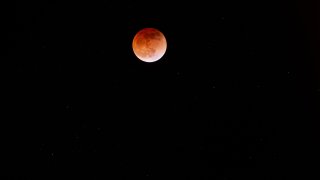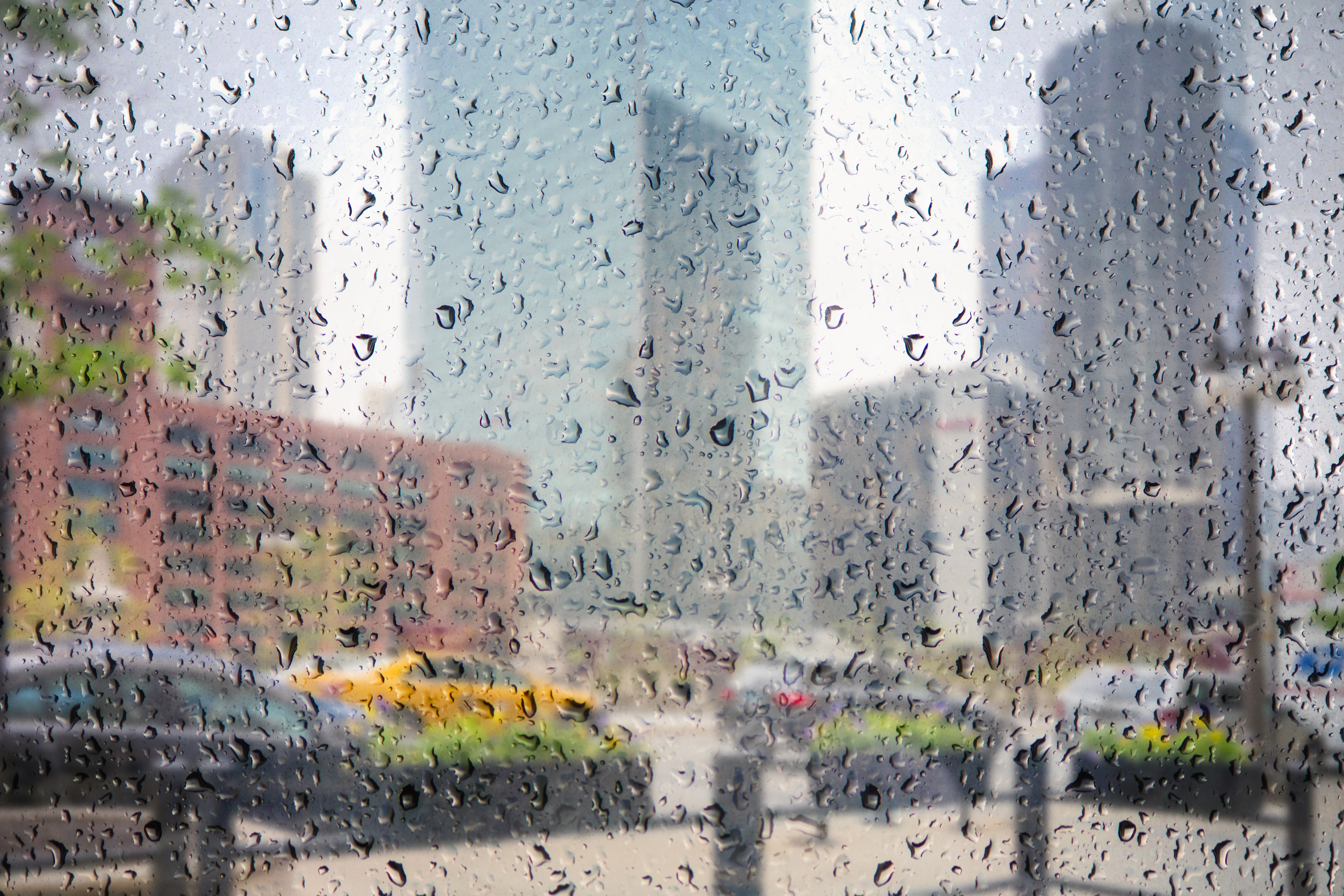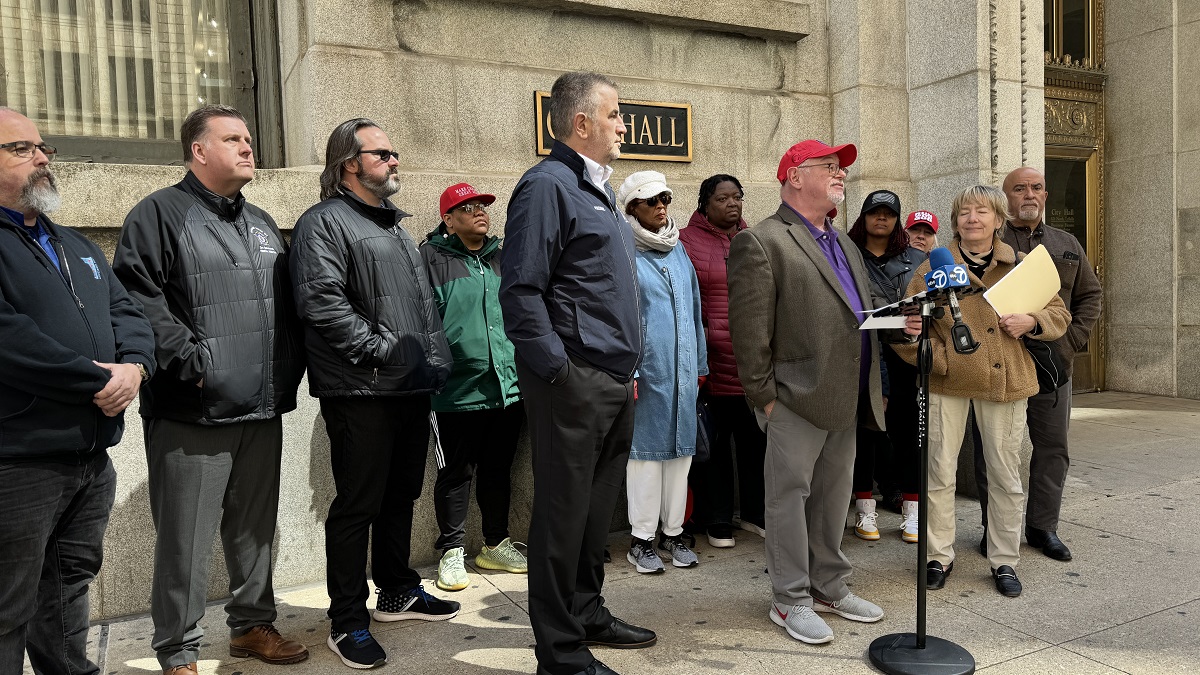
Skywatchers will be able to see a total lunar eclipse this week, but what exactly does that mean and what makes this one special?
Here's what to know about the upcoming spectacle and what to expect in the Chicago area.
What is a Total Lunar Eclipse?
A total lunar eclipse is when the sun, Earth and moon align so the moon passes into Earth’s shadow, according to NASA. In a total eclipse, the entire moon falls within the umbra, which is the darkest part of Earth's shadow.
Feeling out of the loop? We'll catch you up on the Chicago news you need to know. Sign up for the weekly Chicago Catch-Up newsletter here.
According to the Adler Planetarium, a lunar eclipse isn't as showy as a solar eclipse, when the moon passes between the Earth and sun, although it does last longer.
During a lunar eclipse, the moon turns a red hue. According to NASA, this is due to a phenomenon known as the Rayleigh scattering. Essentially, because the sun's rays have to travel through more of the Earth's atmosphere to reach the moon, the color appears red. The more dust or clouds present in the atmosphere at the time of the eclipse, the redder the moon will appear.
Why is the 2022 Total Lunar Eclipse Special?
Local
Tuesday's total lunar eclipse will mark the last one for the next three years.
The next total lunar eclipse is slated to take place on March 14, 2025, but there will be some partial eclipses before that, NASA reports.
When and Where Can You See the Total Lunar Eclipse in the Chicago Area?
The eclipse will be seen in totality across North and Central America, portions of South America as well as Asia, Australia and New Zealand.
For Chicagoans looking to see it, the phase known as totality, or when the sun is completely blocked by the moon, is set to begin at approximately 4:17 a.m. CST on Tuesday. At that time, the entire moon will turn a "coppery-red" and be in the earth's umbra.
The phase will last for just under an hour and a half. At approximately 5:42 a.m. CST, totality will end as the moon exits the Earth's umbra. As the moon leaves, it'll appear as if a bite is being taken out of the lunar disk, NASA stated on its website. You'll be able to catch it in Chicago - as long as the skies are clear, according to the Adler Planetarium.
For the best view, you'll want to go to a dark environment away from bright lights and the city. While you won't need any special equipment to see it, using either binoculars or a telescope will enhance the eclipse's red color, according to NASA.



